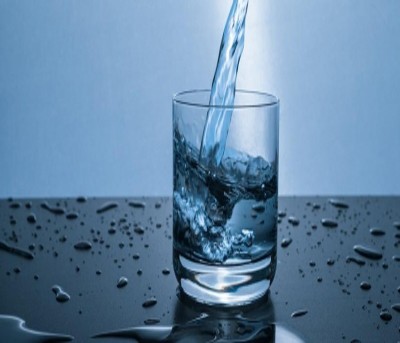
New Delhi, High levels of a toxic chemical have been detected in drinking water samples collected from across the country whose exposure can disrupt the endocrine, reproductive and immune systems.
As per a study, the toxic chemical has been found to be 29 to 81 times higher than the prescribed limit.
The research has found 29.1 to 80.5 ppb (parts per billion) of 'Nonylphenol', a toxic chemical used as a formulant in pesticides and lubricating oil additives, in drinking water samples collected from across India, Delhi-based NGO Toxics Link said in a report on Thursday.
A total of 15 drinking water samples were collected from different parts of the country and sent to Delhi's Shriram Institute of Industrial Research for testing.
The highest concentration was observed in a borewell water sample from Bathinda (80.5 ppb), while the lowest (29.1 ppb) was found in the tap water from government supply in Indraprastha, New Delhi, as per the report.
"Nonylphenol is a toxic chemical and a well-known endocrine disruptor associated with a number of adverse effects on human health. Daily intake of Nonylphenol through drinking water can have adverse health impacts on citizens," said Piyush Mohapatra, Senior Programme Coordinator, Toxics Link.
Nonylphenol is commonly used in the production of Nonylphenol Ethoxylates (NPEs). NPEs are used as surfactants as well as in day-to-day consumer products such as detergents, wetting agents, dispersants etc.
NPEs enter the environment and ultimately break down to Nonylphenols that can enter different environmental matrices such as water, soil etc.
In India, the Bureau of Indian Standards (BIS) has set standards for phenolic compounds in drinking water (1 ppb) and surface water (5 parts per million). However, at present, there are no standards exclusively for Nonylphenol in drinking and surface water in India.
"Countries like the US, European Union, Japan and China have already acknowledged the dangers of this chemical and have come up with regulations to phase out its use in many of the products, including detergents, for minimising the risks at the downstream level," said Omkar Gaonkar, Programme Coordinator of the research.


.jpeg)

